A walk in the Tobago biosphere
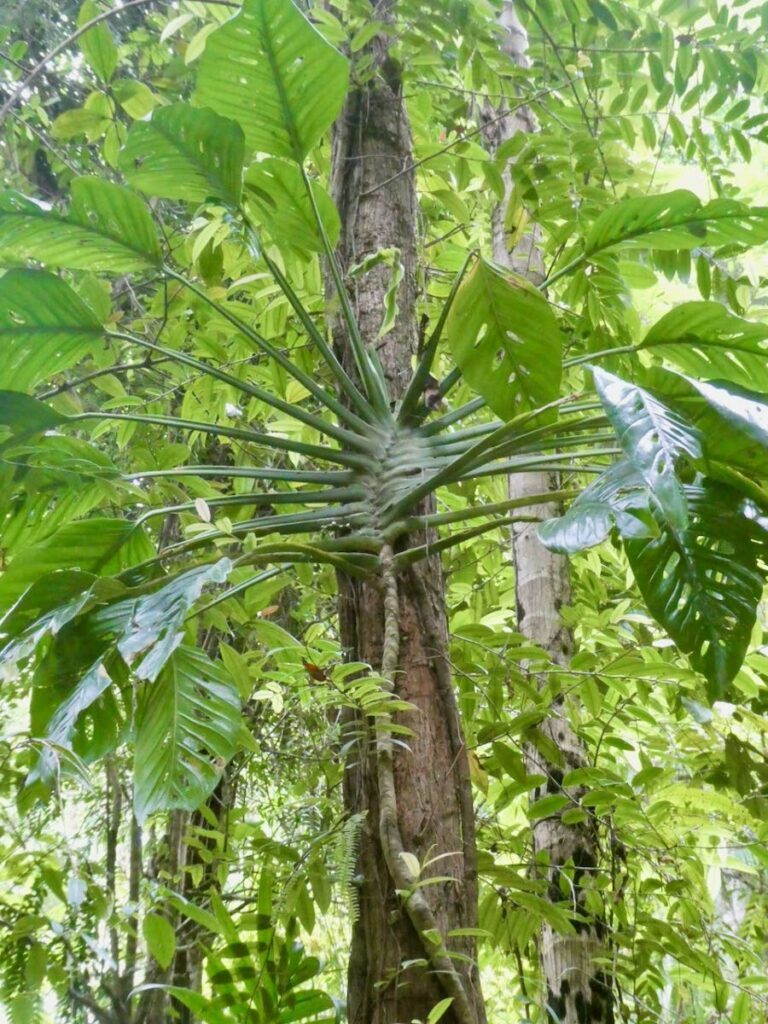
Pat Ganase goes on holiday in Charlotteville and takes a turn in the Main Ridge Forest Reserve.
Zolani Frank lives at the Campbleton end of Charlotteville beach in Man-o-War Bay, at northeast Tobago. We know him from a recent tour of Little Tobago which Zolani ('Call me Zee") regularly conducts.
On this day, he proposes a walk in the woods through the Main Ridge Forest Reserve. It’s not a hard hike, he assures us, and we’ll go “as the vibes take us.”
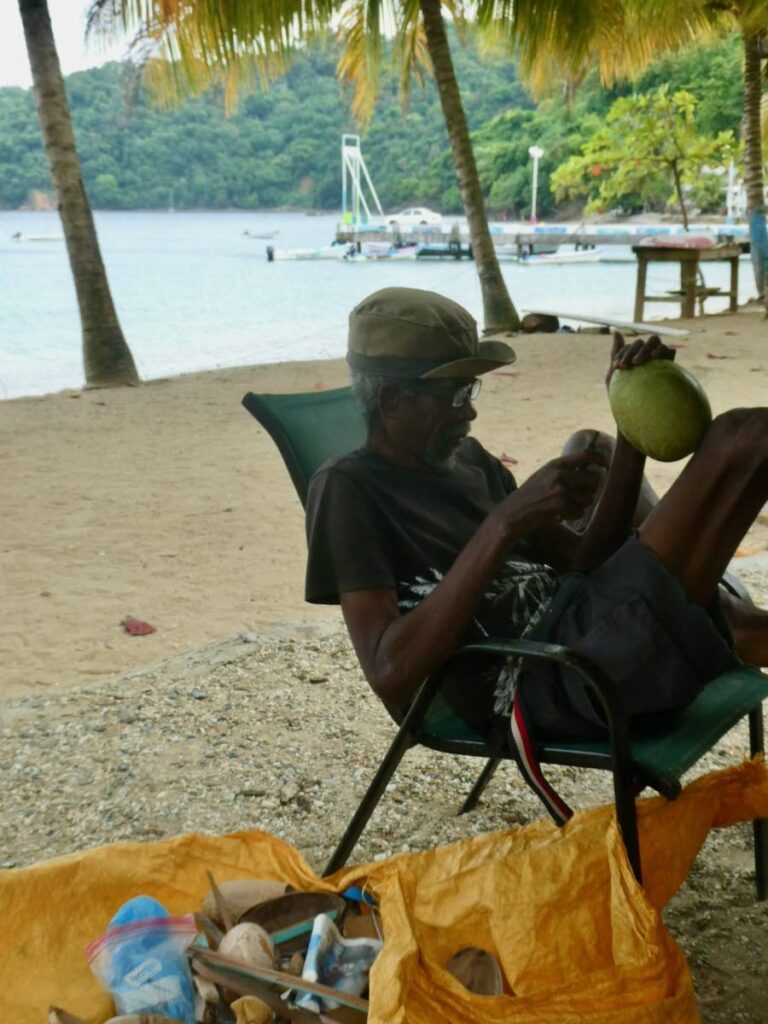
Let’s take the Northside Road from Charlotteville. We rise above Campbleton; Man-o-War Bay is spread behind us. There’s Booby Island, Lover’s (Pink Sand) Bay and in the furthest distance Pirates Bay. The hills above are green with rainy-season overgrowth. Scars of raw earth show where the land slipped in the last rainy season. Bamboo clumps tower above many tall trees.
“Bamboo is now 30 per cent of forest biomass in Tobago,” says Zolani. An iguana lazes on one sturdy bent bamboo.
Round a few bends, we descend again and follow a bushy track to Hermitage Bay, home of the hawksbill turtles, according to a sign that warns about disturbing a nesting-turtle beach. The trees along the beach are laden with bunches of sea grape.
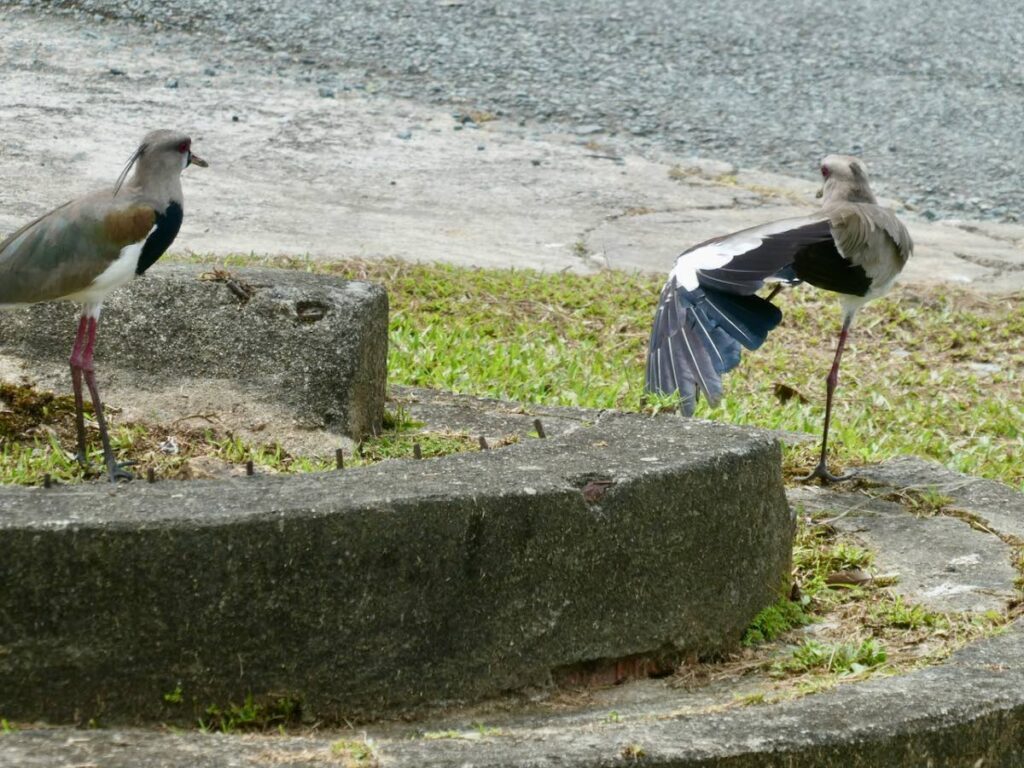
“Taste them,” Zolani offers a handful of cerise fruit, sweet-tart with a large seed. “My girlfriend makes wine with these.”
Some men are hauling in a seine out of which they flip a plate-sized manta ray. We hope they have not caught any turtles, but we don’t wait to see.
Along the road through L’Anse Fourmi and above Bloody Bay, we catch sight of the Sisters, tiny islands on the horizon. Bloody Bay is supposed to have been named after a naval battle in the 18th century that turned the sea red. The smaller adjacent bay is called Dead Man Bay or Dead Bay.
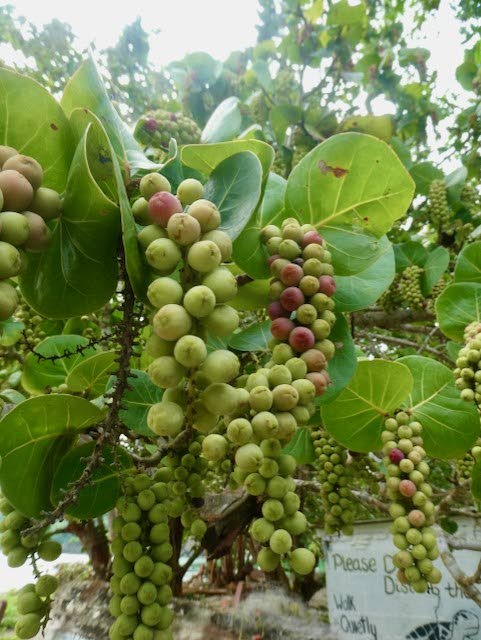
Today, Bloody Bay is tranquil, the river unsullied by rainy season effluent. At the roadside, cows the colour of tar or sand or clay turn to look.
The Northside Road continues to Parlatuvier and Castara but we choose the fork that enters the Main Ridge Forest Reserve. A cluster of homes – one with a sign for “PTSC Bus Tickets” – peters out to undisturbed equatorial green. We stop at the forestry centre with its sculpture marking the inauguration of the Man and the Biosphere designation. Two southern lapwings regard us with stoic unconcern, hopping away rather than taking flight.
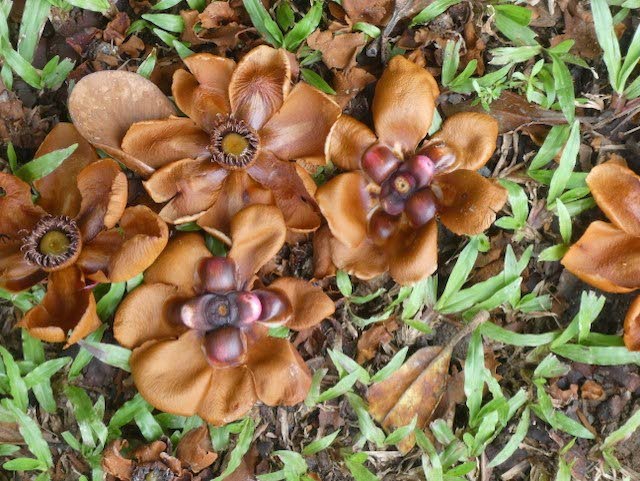
We enter the Gilpin Trail under heavily flowering clusia trees. They are also called parrot apple because the birds eat the ripe fruit. The old donkey trail through the Main Ridge is an easy, well-maintained path along streams heavy with the gold clay of these hills. We peer into the cliff face as Zolani points out holes that are made by trapdoor spiders, Trinidad mot-mots (they excavate narrow holes which widen to bird-size chambers underground), crabs and maybe armadillos. In the trees, he spots blue-backed manakins and jacamars; and picks up the song of yellow-legged thrush.
But our eyes are not quick enough for flight; it’s enough to pick out trees amid the enfolding green. Though cool and damp even in late August, the Main Ridge trail is hardly a place for birds at midday.
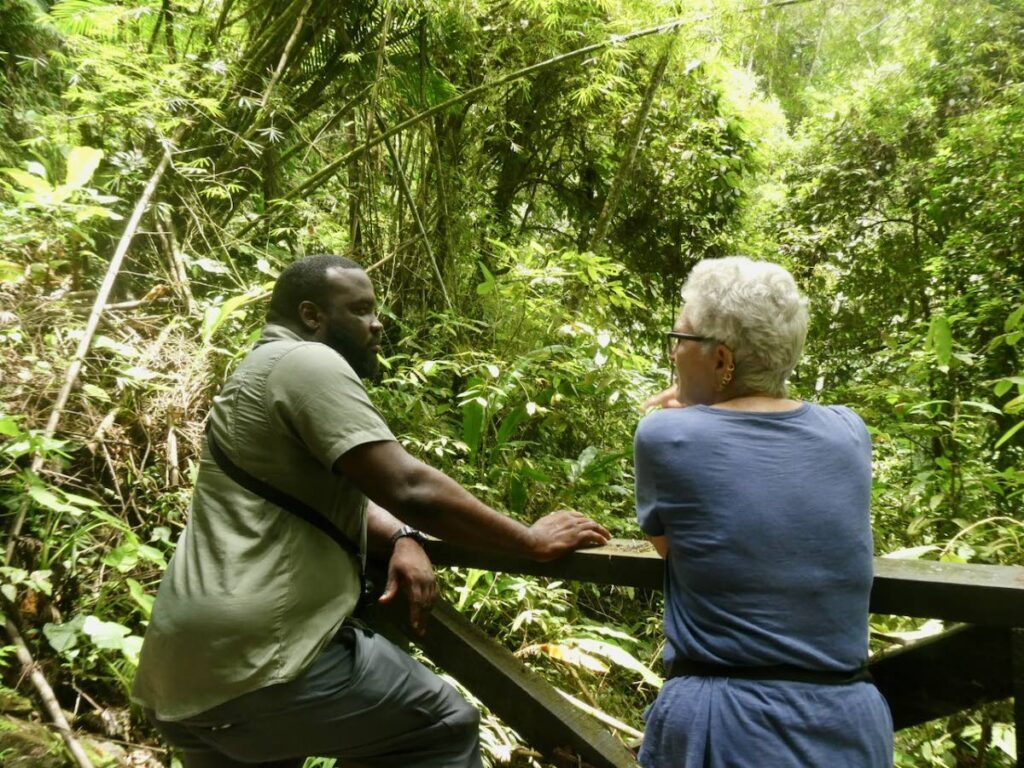
There’s the wild nutmeg with manifold roots, giant bamboo as well as a more recent variety with slim stalks and flowering spikes. Bromeliads and epiphytes cling to trees in the mid-storey. Giant ferns with tight-curled fronds at eye level, mosses and lichens take advantage of real estate on lower trunks.
Look up, and in the skyscape green fingers and fronds tremble in the cloudy blue river. Breathe deep, stay silent and thank the planners of 1776 who designated the Main Ridge Reserve for the protection of water. Rainfall was the motive to preserve the forest: "for the purpose of attracting frequent showers of rain upon which the fertility of lands in these climates doth entirely depend."
We know today that water attracted here, captured and released to shower upon the island, comes from the Amazon, those giant lungs of the southern hemisphere.
Walk further and Zolani spots a bundle hanging from a thin filament of vine or root. He shows us the clever side flap that the nesting ochre-bellied flycatcher enters and closes after her. One of our party chooses to sit and sketch.
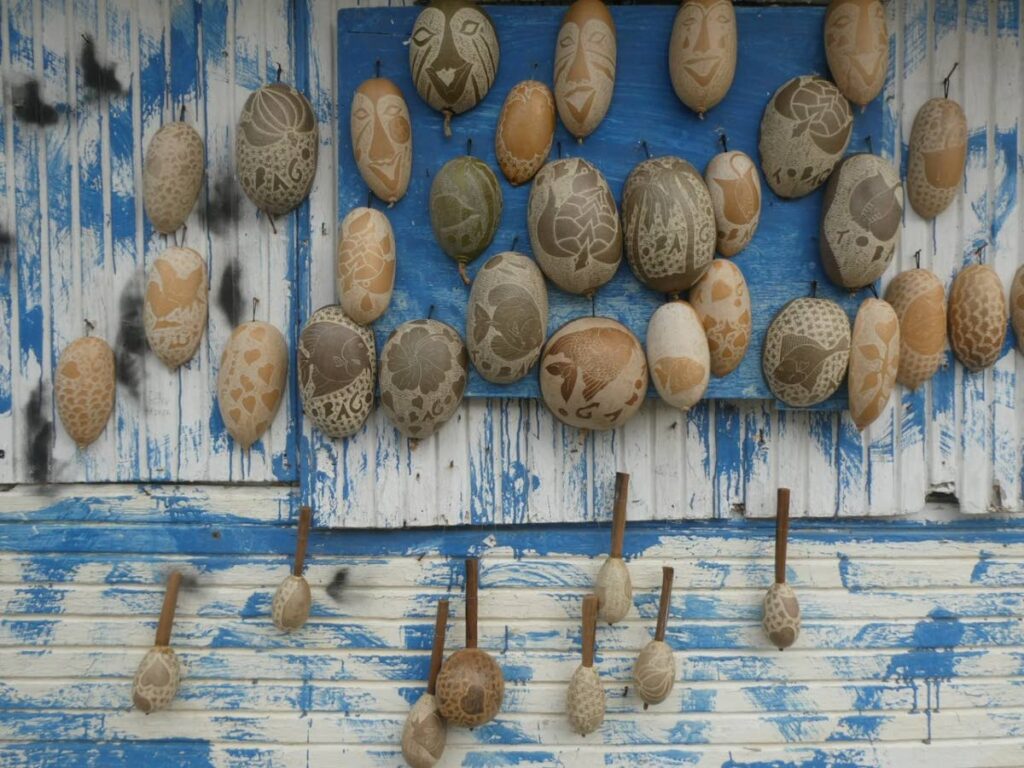
The rest of us make it to the gold-and-silver waterfall with a wooden platform replacing the bridge across the river, a temporary intervention, it seems, in a landscape that counts time in bird seasons of breeding, nesting, birthing and fledging; or the lives of trees between major hurricanes; the last to topple the Main Ridge Forest was Flora (1963).
Time speeds up as we head to busy Castara with its earth-oven-baked bread, fishing depot and folk getting ready for bonfire night.
We return drowsy in the westering light. The sun dips behind Campbleton as we soak in the bay, watching the flight of hundreds of young oropendolas into the trees beside the cottage, yellow tails flicking. Later we will gaze at the Milky Way above the bay, Polaris above the horizon and the waxing moon.
Charlotteville is the heart of northeast Tobago, the area designated by Unesco as a Man and the Biosphere reserve. It’s the village where man and nature still seem in balance, a place where the possibility of conservation and research to maintain areas of natural and cultural heritage suitable for sustainable development is alive and exciting. In these forests, valleys and along this coast, nature and society still slow the urge to achieve, and the air whispers, 'Child of nature, be still." Fostered by the Environmental Research Institute in Charlotteville (ERIC) and the Tobago House of Assembly, the designation was announced by Unesco on October 28, 2020, and inaugurated by governing bodies on June 7, 2022.
In the morning, the chacalacas greet the day with their raucous calls. Some fishing boats have already brought in wahoo or kingfish, tuna and amberjack from the Atlantic. Under a tent on the seaside, Saturday breakfast is available from Nariba Quammie, whose father makes “corn fish” through a process of salting and smoking. Corn fish buljol, coconut bake and cocoa tea make a hearty, tasty treat.
Sitting on the bay too, you’ll find the calabash carver. Maurice Alleyne etches the shells of calabash grown in Charlotteville or brought to him by friends from Trinidad. He has chac-chacs and hangings. Have a look at what he expresses: turtles are his specialty.
In this week, a rising tide washed a spray of sargassum along the beach. Dolphins were spotted off Pirates Bay. The dogs of Charlotteville come around for scraps; no one goes hungry here.
Knowing our place in nature makes us healthier. Biosphere reserves serve society by reminding us that we belong to nature. The northeast Tobago biosphere integrates our special patches of ocean and land, points to the ridge to reef ecosystem and demands an economy suited to the fisherfolk and farmers that live here.


Comments
"A walk in the Tobago biosphere"